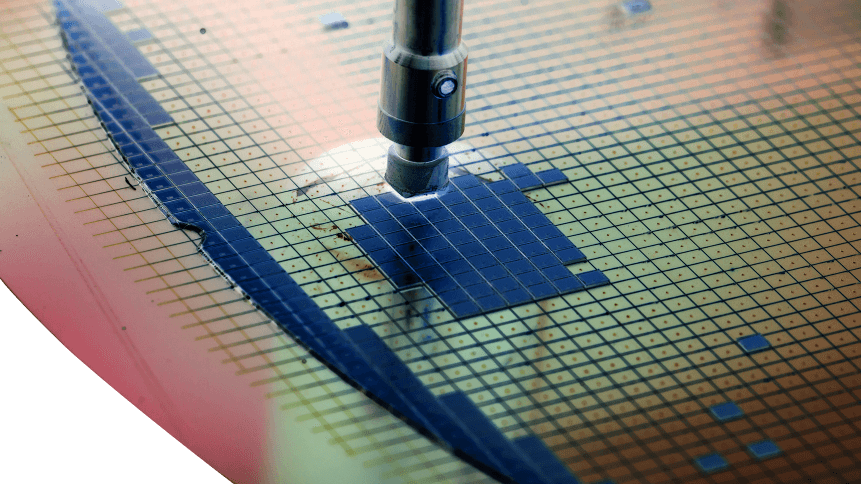Semiconductor revenue to contract for the first time in four years

In July 2022, experts shared their predictions on global semiconductor revenue for 2022, and while there ought to be growth, it is anticipated to rise at a far slower rate than 2021. That means that although chip shortages are abating, the global semiconductor market is entering a period of weakness. That period of weakness within the industry is expected to persist through 2023, with semiconductor revenue eventually going into decline thereafter.
Now, industry experts are certain that the short-term outlook for semiconductor revenue has worsened. Because of the worsening economic situation, oversupply cannot be prevented, and that in turn is dragging the industry down.
Gartner’s VP Richard Gordon claims that “rapid deterioration in the global economy and weakening consumer demand will negatively impact the semiconductor market in 2023.” For Gartner, the global semiconductor revenue is projected to decline 3.6% in 2023. Based on Gartner’s July report, global semiconductor revenue is projected to grow 7.4% this year, down from 2021 growth of 26.3%.
“Global semiconductor revenue is forecast to total $596 billion in 2023, down from the previous forecast of US$623 billion,” Gartner said. A separate projection by World Semiconductor Trade Statistics (WSTS) also suggested a contraction of around the same level. “The global semiconductor market is forecast to shrink 4% in 2023 to US$557 billion, the first annual contraction since 2019,” WSTS said.
Both WSTS and Gartner believe that while chipmakers have expanded output in response to a supply crunch, consumer demand for devices like smartphones and computers appears to be declining. “Currently, the semiconductor market is polarized between the consumer-driven markets and enterprise-driven markets,” Gartner said.
The tech research arm believes weakness in the consumer-driven markets is being driven largely by the decline in disposable income caused by rising inflation and interest rates, and also “by the reprioritization of consumer discretionary spending to other areas such as travel, leisure and entertainment, which are having a negative knock-on effect on technology purchases,” the statement reads.
Meanwhile, the enterprise-driven markets, such as enterprise networking, enterprise computer, industrial, medical and commercial transportation, have, so far, been relatively resilient despite looming macro-economic slowdown and geopolitical concerns. “The relative strength in the enterprise-driven markets comes from strategic investments by corporations that are looking to strengthen their infrastructure,” Gartner noted.
Is 2023 not the year of the memory market?
The global semiconductor market next year will mainly be dragged down by the memory segment, both WSTS and Gartner’s forecasts show. “In this latest forecast, this category is projected to fall to US$112 billion in 2023, dropping by 17% compared to the previous year,” WSTS said.
In fact, Gartner believes the memory market is witnessing faltering demand, swollen inventories and customers pressing for considerably lower prices. “As a result, the memory market will remain flat in 2022 and is forecast to decline 16.2% in revenue in 2023,” it said.
Semiconductor growth in Japan, US, Europe — but not APAC and China
WSTS predicts Japan, the US and Europe will witness growth in 2023, but a 7.5% decline is forecast for the rest of the Asia Pacific region including China, which is the world’s largest semiconductor market and accounts for over 30% of the total. China’s influence also means the global market could face an even steeper decline in 2023 than that which WSTS is forecasting now.










